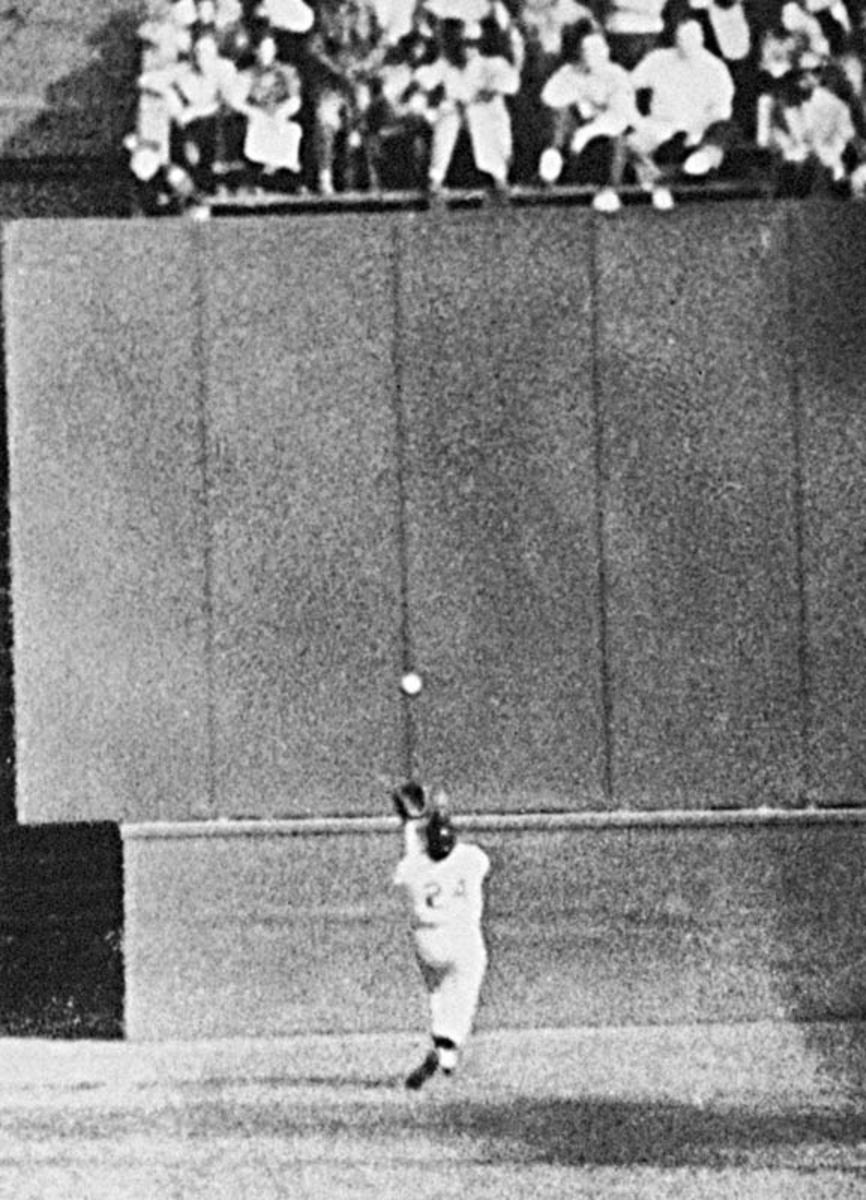What is a Sport? Are Bowling and Golf actually Sports?
What is a Sport?
What is a sport? This question has undoubtedly been the subject of many a bar stool conversation. A subject almost as passionately debated as politics and religion. What red blooded American has never asked the question, is bowling really a sport? And if it is a sport, then how do you define a sport? If not, then why not. Well I have decided to take a stab at answering this hotly debated question. I’m sure I will hear from many of you who will disagree with me and my approach, and I encourage your feedback. I am actually very interested to hear what you have to say and to see what holes you will attempt to poke in my assessment. I have taken a somewhat analytical approach to defining what can and cannot be classified as a sport. In my opinion there are key critical components or requirements which must be present in an activity to classify it as a sport. And all of the components must be present. For example, I could say a hockey puck is a round piece of flat rubber. If I stopped at that, is it possible that someone could confuse an automobile tire with a hockey puck, after all, if you were to lay the tire on its side, you could certainly describe it as a round piece of flat rubber, but that certainly would not make it a hockey puck. You would have to define other parameters such as size, weight and density to refine your definition of a hockey puck. And as you set these requirements you would begin to filter out items, such as tires, that are not hockey pucks. I believe you can do the same with sports.
The Critical Components
I believe there are four critical components that must be present to qualify an activity as a sport. An activity having less than all four of the requirements would not be considered a sport. There are other categories such as games, training activities, skill competitions or just simply athletic activities that many of these “pseudo-sports” would fall into, however they would not satisfy the requirements to be classified as a sport. So here are the required components: an athletic component, a strategic component, an offensive component and a defensive component. Let’s take a look at these one at a time.
The Athletic Component
There must be some degree of athletic activity present to qualify an activity as a sport. What is meant by athletic activity? For most major sports such as football, basketball, baseball and hockey the athletic activity is obvious, but what about darts or pool or bowling? Ok, darts and pool, no, bowling, yes. Darts and pool undeniably require skill, however skill does not equate to athletic activity. My mother-in-law can knit quite well, I consider her knitting a very refined and developed skill, but not an athletic activity. Throwing a dart is a skill, shooting a cue ball is a skill but neither one is an athletic activity. Bowling on the other hand does require skill and some degree of athletic ability. Now, I am not attempting to make the case that bowlers are excellent athletes, only that the activity of bowling does require some degree of athletic ability, which would satisfy the athletic requirement. What about golf, does golf have an athletic component? Absolutely.
The Strategic Component
The next component to consider is the strategic component. Do you believe there is any difference between running a mile on a treadmill verses running in a mile race? Of course there is. You may set a goal to run a mile within a certain time while running on a treadmill, but that is a goal, that is not a strategy. On the other hand you may consider lane selection, race position and pace as factors that define your strategy while competing in a mile long race. Pool has a strategy, but as we have already determined, it does not have an athletic component, the same can be said for chess and poker. Remember for an activity to be considered a sport, all four components must be present. One other note of caution, many times the strategic component is confused with the defensive component. The game of checkers has a strategic component; however it does not have a defensive component. I’ll cover the defensive component later.
The Offensive Component
The offensive component can simply be defined as a means of scoring points within a sport. It doesn’t matter if it is through a subjective judging process, such as in boxing and gymnastics or if is the direct result of a participant’s actions, such as hitting a homerun in baseball, it is simply a means of scoring points. In some activities, such as golf, the goal is to keep the score to a minimum, but that does not detract from the offensive component. A hole in one in golf would be considered a more desirable offensive action than shooting a two on the same whole. The direction of the scoring system does not detract from the offensive component. Just look at it as a way of assigning a value to a particular performance in order to determine the superior performance. Most activities that contribute to the favorable movement of points, meaning up or down, can be classified as offensive activities.
The Defensive Component
In my analysis, the defensive component is the requirement that separates the “pseudo-sports” from actual sports. But in order to make this distinction I need to be very thorough and clear in my definition of the defensive component. Once again for the major team sports it is easy to identify the defensive component. For other activities such as tennis, it becomes more difficult. So here is my attempt to define the defensive component. The defensive component must directly counteract an opponent’s offensive component. The defensive actions must take place either simultaneously with the opponent’s offensive actions or in one contiguous action in relation to the offensive actions of the opponent. Let me explain, in football the offensive and defensive actions are taking place simultaneously. While one opponent is attempting to execute an offensive action the other opponent is attempting to counter that with a defensive action. Pretty straight forward, but what about an activity such as tennis? In tennis, the initial serve represents an offensive action; the return represents both a defensive and an offensive action. The point in the return, when the opponent receiving the serve first makes contact with the ball, represents a defensive action. By making contact with the ball, the recipient of the serve has temporarily prevented the opponent from scoring. The follow through and subsequent return now represent an offensive action. This back and forth transition from offense to defense and vice versa continues until an opponent is unable to successfully defend an opponent’s offensive action, in which case a point is awarded to the opponent executing the offensive action. An errant return, such as hitting the ball into the net or out of bounds, can be looked at as the inability to successfully perform an offensive action, which also will result in a point for the opponent. This, in concept is not too dissimilar to football when the defense sacks the quarterback in the end zone and receives two points for a safety. So there are situations, where points can be awarded for defensive actions or to the opponent as the result of unsuccessful offensive actions. Contrast tennis to curling, in curling opponent “A” takes the initial shot, which is then followed by a brief break in the action. Next, opponent “B” takes his or her shot. It may be that the shot by opponent “B” moves the stone of opponent “A” out of scoring position. Is this defense? Well by my definition, no. Opponent “B” did not perform the action simultaneously with that of opponent “A”, nor was it performed as one contiguous event. Opponent “A” was able to perform the offensive action with no defensive action from opponent “B”. The shot executed by opponent “B” would be classified as possibly offensive or strategic, but not defensive. The defensive action must impair the opponent from successfully executing their offensive action. Also it must be pointed out that the defensive action must be considered a legal action within the rules of the game. For example, one runner can’t intentionally trip the lead runner in an attempt to win a race.
In Practice
Ok, so let’s put this evaluation method to the test. Is bowling a sport? Well it barely has an athletic component, there is a strategic component, there is an offensive component but there is no defensive component. So is bowling a sport? No.
Is golf a sport? Well once again, golf has an athletic, strategic and offensive component, but similar to bowling it does not have a defensive component. So is golf a sport? No. Now this doesn’t mean that you do not have to be athletic or skilled to play the game of golf, but it is not a sport.
How about boxing? Well it has an athletic component, a strategic component, an offensive component and a defensive component, so the answer is, yes.
How about track and field events? Well, is there a defensive component? I don’t think so. So does this mean you don’t have to be a good athlete to participate in track and field events? No, it just means that they are athletic activities that require skill and athletic ability, but they are not sports.
Competitive swimming? No. Water polo? Yes.
As I stated in my opening paragraph, I don’t expect everyone to agree with me and my analysis, however what I have attempted to do is identify the required components that must be present to classify an activity as a sport. Anyway that is my take; I’d be interested in hearing your take.





